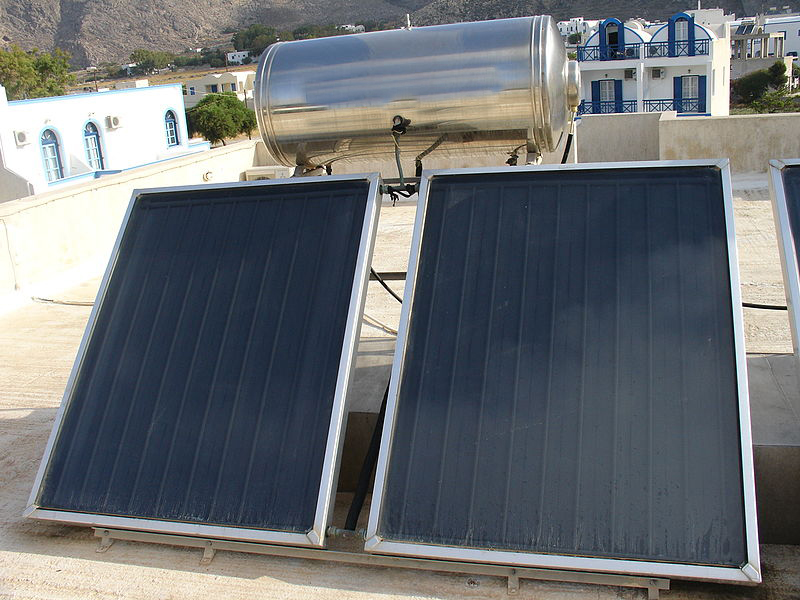A group of scientists led by the University of Guanajuato in Mexico has developed a new methodology to reduce the area needed for the deployment of solar thermal systems installations (STIs) by linking them with heat pumps.
The proposed system consists of a solar collector network, a storage system, and two heat pumps assisted by the solar collectors themselves.
In the paper “Heat and electric power production using heat pumps assisted with solar thermal energy for industrial applications,” published in Energy, the research group, which also includes academics from Texas A & M University in the United States, said that they considered irradiance conditions, the target temperature, and the operation time to design the solar collector network.
“The target temperature of the network is the temperature of the heat pump evaporator, and the target temperature of the heat pump is the process temperature,” they explained, noting that the collector will provide the heat load required by the evaporator, at the evaporation temperature. “The heat pump refrigerant, through isentropic work, will raise the temperature and pressure to supply the heat load at the process target temperature.”
The proposed approach was simulated for a sugar mill that also produces bioethanol and electricity from sugarcane bagasse. The scientists considered two solar-assisted heat pumps to supply the heat and the power of the second generation (2G) bioethanol production process.
For electrical production, the scientists modeled a system that uses thermal energy to heat water, which is then heated by the heap pump evaporator. Then, using R600a as the working fluid of the heat pump, the heat is utilized for an organic Rankine cycle to create electricity.
Popular content
As for heat production, the system uses thermal energy to heat the evaporator of the heat pump, and the heat produced by the pump is then used in the production process of second-generation bioethanol.
Through their analysis, the researchers found that the heat pumps helped reduce the area needed for the STIs by 85%. “A reduction of 2885 m2 was achieved in the absorber area of the solar collector network to produce heat,” they specified. “The reduction in absorber area to produce power was of 586,918 m2.”
The simulated system was also able to produce power at a levelized cost of energy (LCOE) of $0.3435/kWh compared with that of fossil fuels estimated at $0.761/kWh. As for heat, the system was able to achieve $0.1257/kWh compared to $0.124/kWh for fossil fuels.
“The process is feasible, because costs to produce process heat are significantly reduced by 20–30% considering the cost of the heat pump; the simple payback time is 6.5–12.3 years,” the US-Mexican group noted.
This content is protected by copyright and may not be reused. If you want to cooperate with us and would like to reuse some of our content, please contact: editors@pv-magazine.com.


2 comments
By submitting this form you agree to pv magazine using your data for the purposes of publishing your comment.
Your personal data will only be disclosed or otherwise transmitted to third parties for the purposes of spam filtering or if this is necessary for technical maintenance of the website. Any other transfer to third parties will not take place unless this is justified on the basis of applicable data protection regulations or if pv magazine is legally obliged to do so.
You may revoke this consent at any time with effect for the future, in which case your personal data will be deleted immediately. Otherwise, your data will be deleted if pv magazine has processed your request or the purpose of data storage is fulfilled.
Further information on data privacy can be found in our Data Protection Policy.